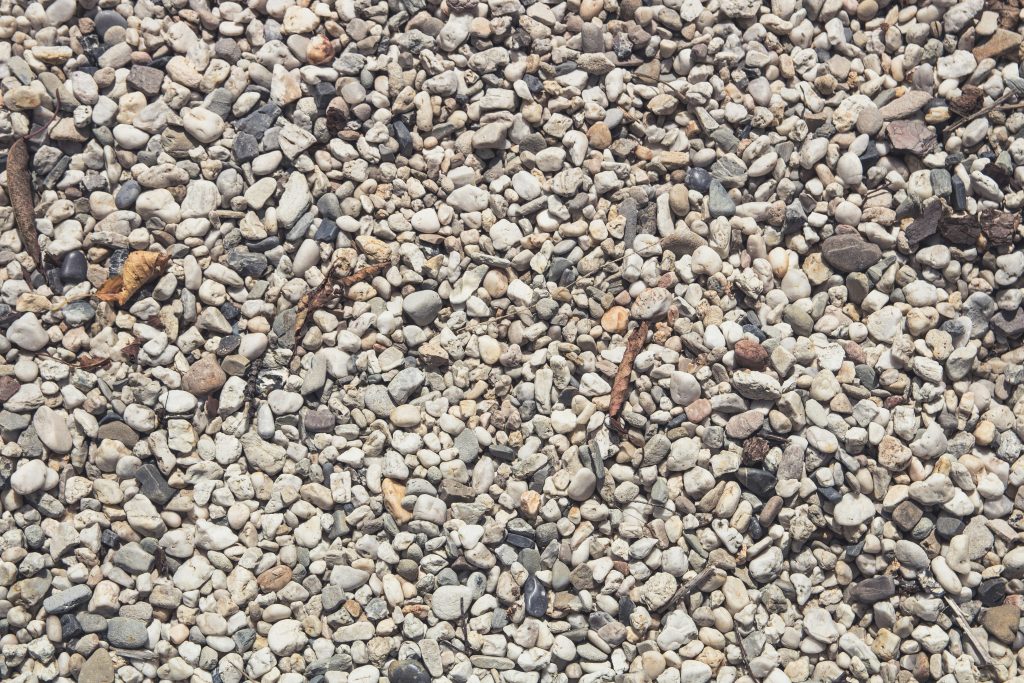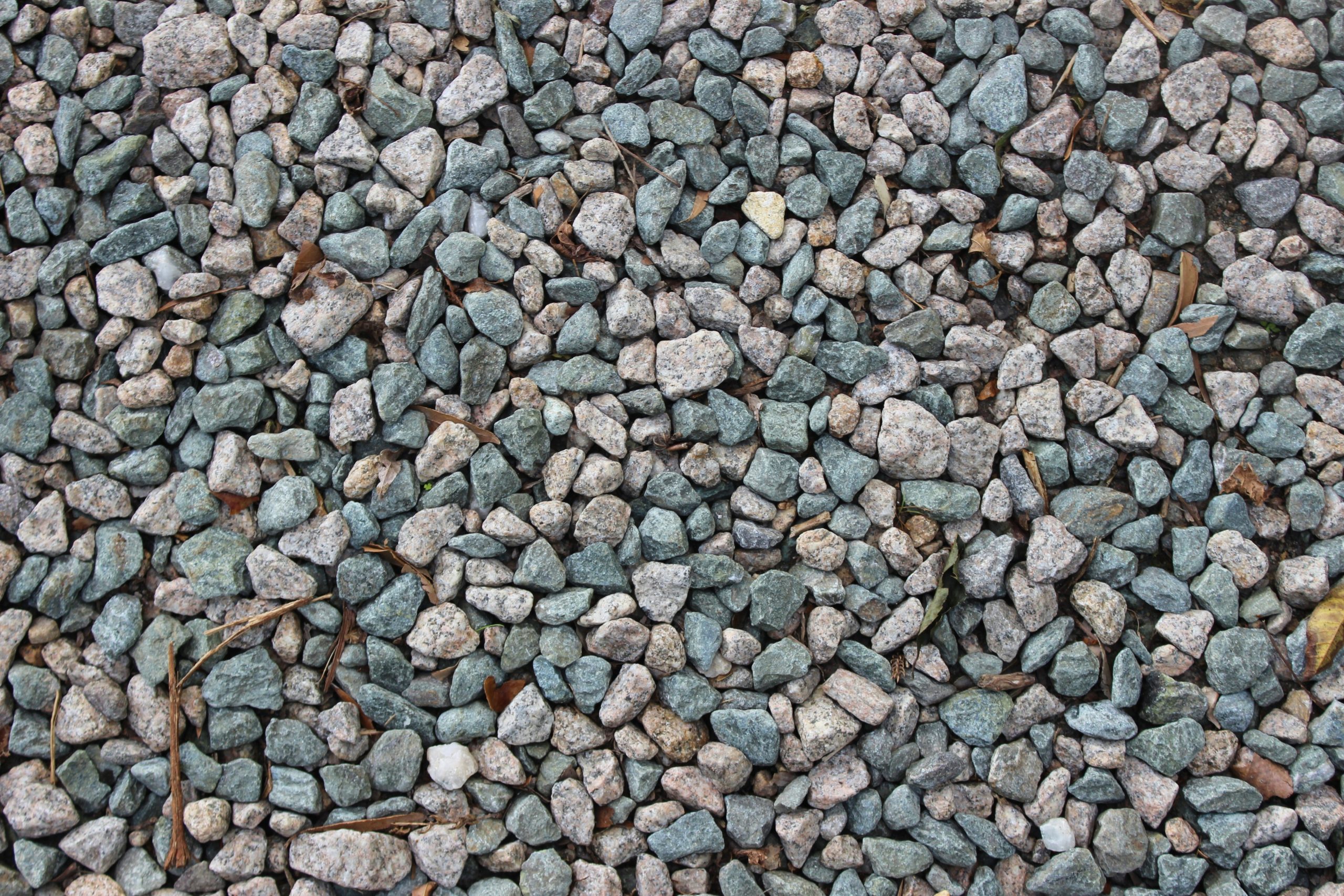Gravel surfaces are a common sight in both residential and commercial settings. They offer a natural aesthetic appeal and versatility in design.
However, maintaining these surfaces can be a challenge. Loose gravel can lead to instability, dust issues, and erosion problems.
Enter gravel binding solutions. These innovative products offer a way to stabilize gravel surfaces, control dust, and prevent erosion.
In this comprehensive guide, we will delve into the world of gravel binding solutions. We will explore their benefits, types, and how they contribute to dust and erosion control.
Whether you’re a homeowner, a landscaper, or a construction professional, this guide will provide valuable insights. It will help you make informed decisions about managing and maintaining gravel surfaces.

Understanding Gravel Binding Solutions
Gravel binding solutions are products designed to stabilize gravel surfaces. They bind the gravel together, creating a firm and durable surface.
These solutions come in various forms, including polyurethane binders, resin-based systems, and natural binders. Each type has its unique properties and applications.
The primary purpose of gravel binding solutions is to maintain the integrity of gravel surfaces. They prevent the gravel from shifting, reducing the risk of accidents and enhancing the surface’s aesthetic appeal.
What Are Gravel Binding Solutions?
Gravel binding solutions are specially formulated products. They are designed to bind together individual gravel pieces, creating a solid surface.
These solutions are typically applied as a liquid. They penetrate the gravel and harden, forming a strong bond that holds the gravel in place.
The result is a stable, permeable, and durable gravel surface. It retains the natural look of loose gravel but without the associated maintenance issues.
The Importance of Gravel Stability
Stability is a crucial factor in any surface, and gravel is no exception. Unstable gravel can lead to a host of problems.
Loose gravel can shift underfoot or under vehicle tires, leading to slips and accidents. It can also scatter, creating a messy appearance and requiring regular raking and replenishment.
Gravel binding solutions address these issues. They provide stability, ensuring the gravel stays in place, reducing maintenance, and enhancing safety.
Types of Gravel Binding Solutions
There are several types of gravel binding solutions available. Each type has its unique properties and is suitable for different applications.
The three main types of gravel binding solutions are:
- Polyurethane binders
- Resin-based systems
- Natural binders
Polyurethane Binders
Polyurethane binders are a popular choice for gravel binding. They are known for their strength and durability.
These binders are resistant to weathering and UV radiation. This makes them suitable for outdoor applications.
Polyurethane binders also have excellent load-bearing capacity. They can withstand heavy traffic without breaking down.
Resin-Based Systems
Resin-based systems are another common type of gravel binding solution. They are typically clear, allowing the natural color of the gravel to show through.
These systems are easy to apply and cure quickly. This makes them a convenient choice for many projects.
Resin-based binders are also resistant to oil and chemical spills, making them suitable for driveways and parking lots.
Natural Binders
Natural binders are an eco-friendly alternative to synthetic binders. They are made from natural materials like plant-derived resins.
These binders are biodegradable and have a lower environmental impact. However, they may not be as durable as synthetic binders.
Natural binders are a good choice for projects where environmental sustainability is a priority.
Benefits of Gravel Binding
Gravel binding solutions offer numerous benefits. They enhance the functionality and aesthetics of gravel surfaces.
They also contribute to environmental sustainability. This is achieved by controlling dust and preventing soil erosion.
Polyurethane Binders
Polyurethane binders are a popular choice for gravel binding. They are known for their strength and durability.
These binders are resistant to weathering and UV radiation. This makes them suitable for outdoor applications.
Polyurethane binders also have excellent load-bearing capacity. They can withstand heavy traffic without breaking down.
Resin-Based Systems
Resin-based systems are another common type of gravel binding solution. They are typically clear, allowing the natural color of the gravel to show through.
These systems are easy to apply and cure quickly. This makes them a convenient choice for many projects.
Resin-based binders are also resistant to oil and chemical spills, making them suitable for driveways and parking lots.
Natural Binders
Natural binders are an eco-friendly alternative to synthetic binders. They are made from natural materials like plant-derived resins.
These binders are biodegradable and have a lower environmental impact. However, they may not be as durable as synthetic binders.
Natural binders are a good choice for projects where environmental sustainability is a priority.
Benefits of Gravel Binding
Gravel binding solutions offer numerous benefits. They enhance the functionality and aesthetics of gravel surfaces.
They also contribute to environmental sustainability. This is achieved by controlling dust and preventing soil erosion.
Preparing the Site for Gravel Binding
Before applying a gravel binding solution, the site must be properly prepared. This involves clearing the area of any debris or vegetation.
The ground should be leveled and compacted. This provides a stable base for the gravel and the binding solution.
Drainage should also be considered. A well-drained site prevents water accumulation and enhances the performance of the gravel binding solution.
Applying Gravel Binding Solutions
The application of gravel binding solutions varies depending on the type of binder used. However, the general process involves spreading the gravel evenly over the prepared site.
The binding solution is then applied to the gravel. It is important to ensure that the binder covers all the gravel particles.
Once the binder is applied, the gravel is compacted again. This helps to create a solid, stable surface.
Maintenance and Upkeep
Maintenance of a gravel bound surface is relatively easy. It involves regular sweeping to remove any debris.
If any areas become loose or damaged, they can be repaired by applying more of the binding solution.
Periodic inspections should be carried out to check for any signs of wear or damage. This allows for timely repairs and ensures the longevity of the gravel bound surface.
Choosing the Right Gravel Binding Solution
Selecting the right gravel binding solution is crucial for the success of your project. It requires careful consideration of various factors.
Factors to Consider
The type of gravel, the intended use of the area, and the local climate are all important factors. The type of gravel determines how well the binding solution will adhere.
The intended use of the area influences the choice of binder. For instance, areas with high foot traffic may require a more durable solution.
The local climate can affect the performance of the binder. Some binders may not perform well in extreme temperatures or heavy rainfall.
Case Studies and Examples
Looking at case studies and examples can be helpful. They provide real-world evidence of how different gravel binding solutions perform.
For instance, a case study may show how a certain binder has performed in a similar climate or usage scenario.
Examples can also provide inspiration for design and aesthetic considerations. They can show how gravel binding solutions can be integrated into different landscape designs.
Conclusion and Future Trends
Gravel binding solutions offer a practical and aesthetically pleasing way to stabilize gravel surfaces. They contribute significantly to dust and erosion control.
Innovation in this field continues to evolve. New eco-friendly and permeable solutions are being developed, offering even more benefits.
As we move towards more sustainable construction practices, gravel binding solutions will play a key role. They offer a promising future for landscape design and ground reinforcement.
